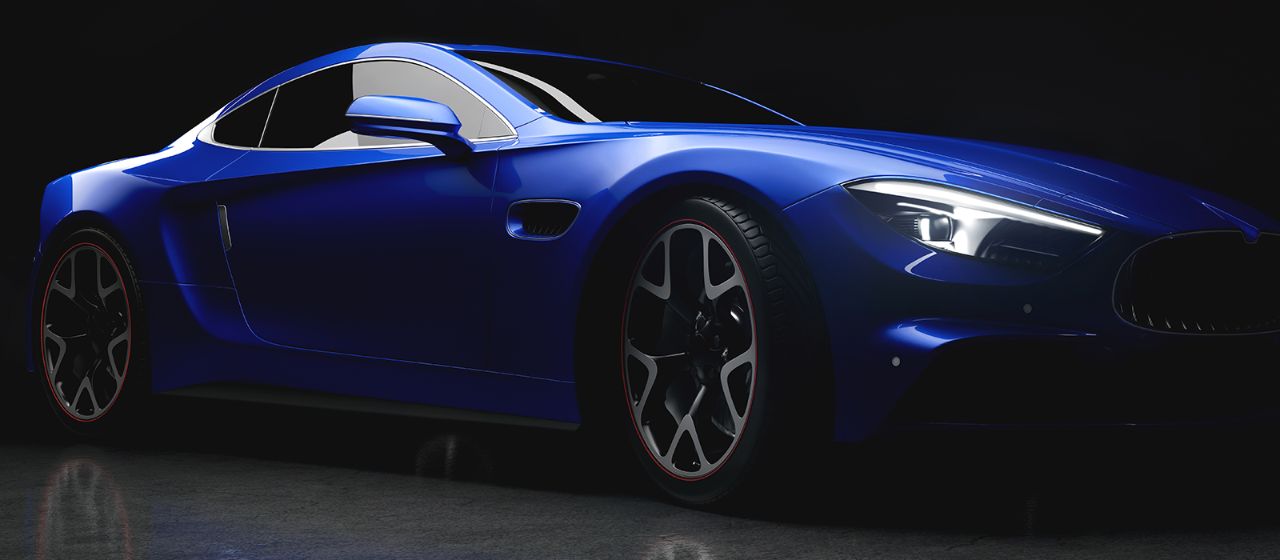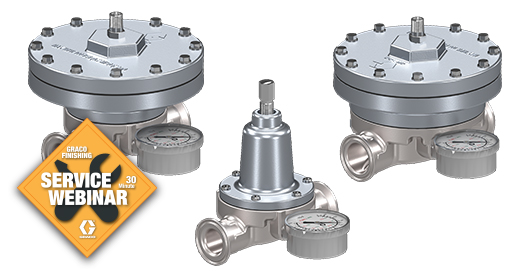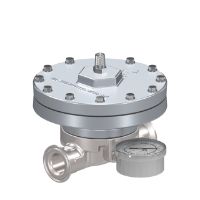What is Paint Shear?
In automotive manufacturing, achieving a flawless, durable finish is essential. But the very elements that give modern paints their brilliance—like metallic flakes and pigments—can also be vulnerable to damage during circulation. This damage is caused by paint shear, a phenomenon that can compromise both appearance and performance.
The small metallic flakes in today’s paints, combined with pigments and their other structural elements, give cars and trucks their consistent, spectacular shine and add to their durable finish.
But these same particles that provide the beautiful finish, are both damaged by and wear on the equipment they flow through. This can lead to paint degradation due to something known as shear. In fact, one of the paint system’s components - the back pressure regulator or BPR - is a major contributor to paint shear.
Understanding Paint Shear
How to Prevent Paint Degradation?
Imagine paint flowing through a system like traffic on a road. When traffic moves smoothly in one direction, vehicles (or in this case, metallic particles) maintain their shape. But in a congested city with sharp turns and intersections, collisions are inevitable—and vehicles get damaged.
The same happens inside a paint circulation system. As paint flows through components like back pressure regulators (BPRs), the metallic flakes can collide with each other and with the equipment. This leads to shear-induced degradation, which affects the paint’s consistency, color, and durability.
Why a low BPR matters
Sheared paint doesn’t just look worse—it performs worse. It can result in:
- Inconsistent finishes
- Reduced coating durability
- Increased material waste
- Higher costs and environmental impact due to discarded paint
How BPRs Contribute to Shear
BPRs are essential for maintaining pressure in a paint circulation system. However, traditional BPRs with sharp internal geometries can increase shear by forcing paint through tight, abrupt pathways. This intensifies collisions between particles and surfaces, accelerating degradation.
The Solution: Graco’s Low Shear BPR
Graco has engineered a low shear BPR that minimizes paint damage. Its design includes:
- Gentle inlet flow geometry
- Unique fluid housing structure
- Cone-shaped flow director
These features work together to slow down the paint flow and distribute it more evenly, reducing the velocity and turbulence that cause shear. The result? A smoother, more consistent finish with less waste and better performance.
Free Webinar
See how Graco's low shear back pressure regulator (BPR) works and how easy it is to maintain.
Related Articles
What is Paint Degradation?
Paint degradation affects manufacturers who use metallics for high quality surface finishes. As metallic paint circulates, it can get so damaged that it must be discarded.
5 Most Common Paint Mixing Room Challenges
Industrial paint kitchens enable safe storing and mixing of paint and other coatings. They also bring some challenges. We explain how to tackle them.
How to Make Your Factory Paint Mix Room Industry 4.0 Ready
Advanced control and interconnectivity are key components to making factory paint mixing rooms Industry 4.0 ready.






